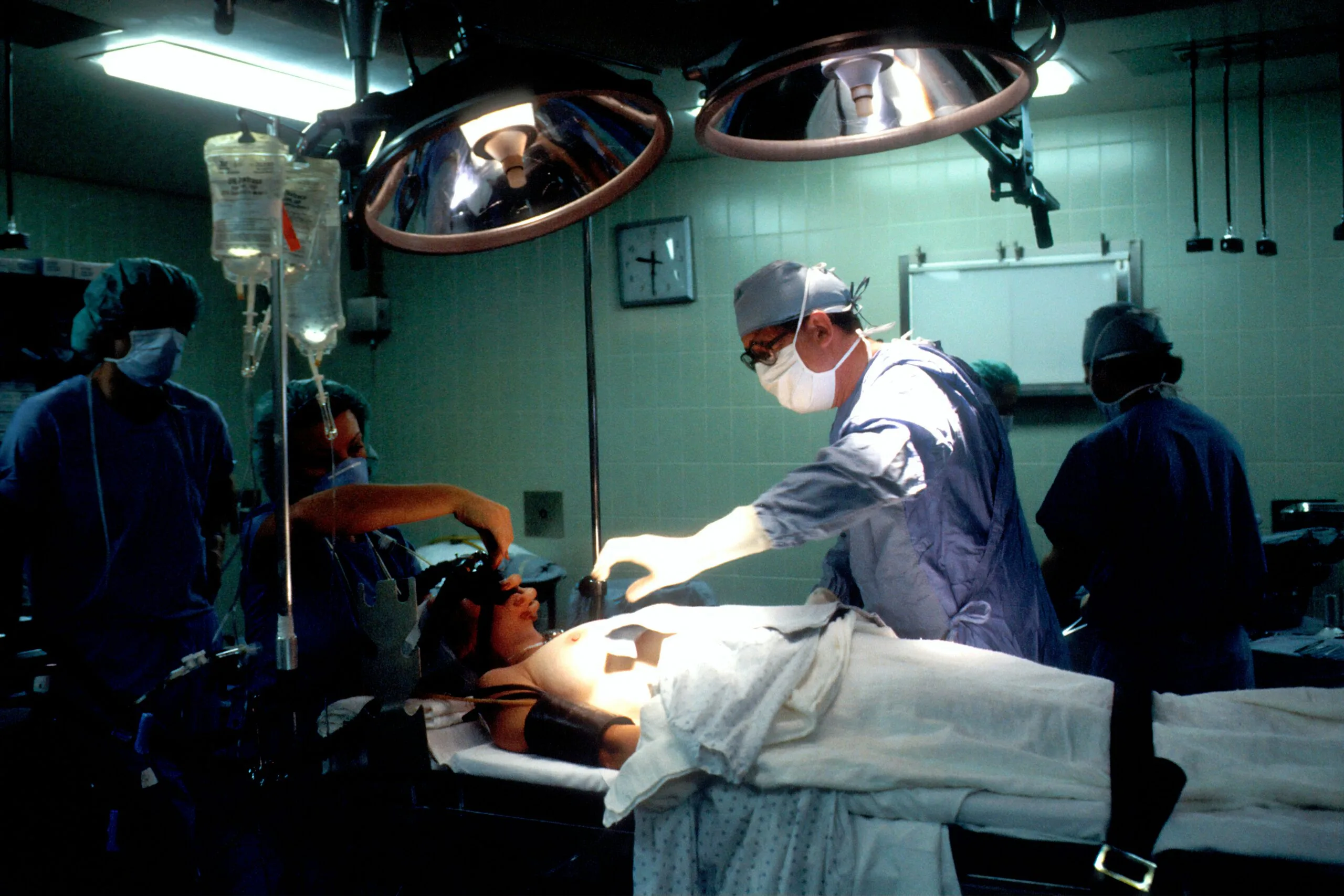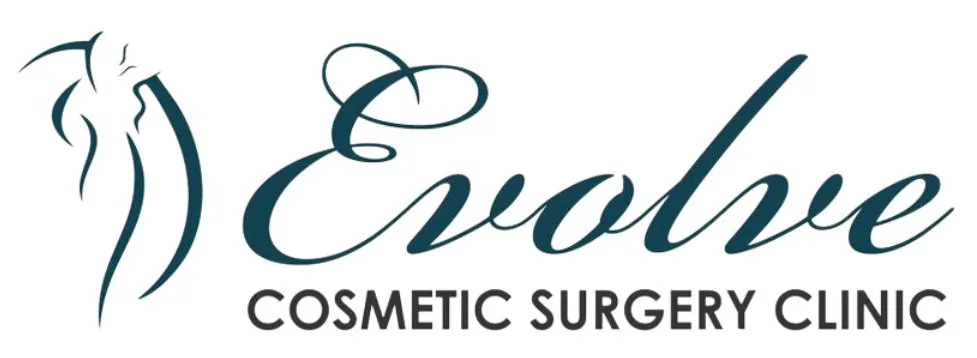
Pectoral Implant Surgery in Mumbai
Rediscover Your Confidence, Redefine Your Beauty., Consult with Celebrity Surgeon “Dr. Samir Ahire” Now.!
Benefits of Pectoral Implant Surgery
- Enhanced Chest Definition
- Symmetry and Balance
- Boosted Confidence
- Customizable Results
Send Us Quick Enquiry
Mommy Makeover Surgery Informative Videos
FAQs (Frequently Asked Questions)
If you’re unhappy with your muscle definition, pectoral implants can be a massive confidence booster. Some of the most impressive advantages of pec implants include
- They can help increase the appearance of muscle definition in your chest if genetics or physical trauma hinder you from naturally building volume in this area.
- If you have a lot of muscle and tone in all areas of your body except for your pecs, this helps give your body the balance it needs to achieve your best physical shape.
- They can resolve any asymmetries you may have in your chest area
- They can help reduce the gap between your pectoral muscles, giving your chest a more sculpted appearance.
- They can restore volume in your chest if you’ve lost volume from age or had liposuction in the area that removed too much fat.
Before your pectoral implant surgery, you’ll need to meet with Dr. Samir for a consultation to discuss your goals and candidacy for the procedure. If you agree that pectoral implants are right for you, he will create precise measurements on your chest. Ensuring suitable-sized implants are inserted during surgery to achieve your desired result. The implant volume will be relative to your pectoralis muscle measurements and goals for a bulkier, more proportional chest. Performed under general anesthesia within one to two hours, Dr. Samir inserts pectoral implants through a small incision in your armpit (axilla). He then creates a pocket and inserts the implants beneath your pectoralis muscle in a position that gives you the results you’re hoping for. He may transfer fat from other areas of your body to your chest for some added fullness. Once the implants are in place, your natural pectoralis muscle will support them to maintain their placement. You can go home on the same day as your procedure. Make sure to plan to have someone safely take you home after your pectoral implant surgery. We will provide you with post-op instructions for best recovery practices.
Male pectoral implants contain a solid, pliable silicone polymer or a cohesive silicone gel, so they’re not soft to the touch like female breast implants. Instead, they’re firm to touch to emulate natural muscle definition in the chest. Pectoral implants can be oval or vertical-rectangular. Both types are firmer and flatter than breast implants used for women. Most patients choose vertical-rectangular implants, but this depends solely on your goals and which suits your measurements best.
If you’re a man and relate to any of the following, you may be a great candidate for pec implants:
- No matter how much work you put in with weights at the gym, you aren’t seeing any muscle growth in your chest
- Your pecs are asymmetrical
- You had liposuction in your chest that removed too much fat, causing a ‘hollow’ effect
- You’re experiencing pectoralis muscle atrophy after a traumatic injury
- You have a condition such as Poland syndrome, pectus carinatum, or pectus excavatum
If you have muscle dysmorphia or body dysmorphic disorder, we recommend not getting pectoral implants. You may have unrealistic expectations from your surgery and come out of your procedure unsatisfied with the result.
Possible complications of pectoral implantation are rare, but when they do occur, they’re similar to those for breast augmentation.
Complications of pectoral implant surgery can include:
- Bleeding or hematomas
- Infections
- Asymmetry
- Implant displacement
- Seroma
- Implant rupture
- Muscle spasms
- Capsular contracture
Evolve Blogs

Top Insights on Breast Implant Surgery in Mumbai

Breast Implant Surgery in Mumbai













